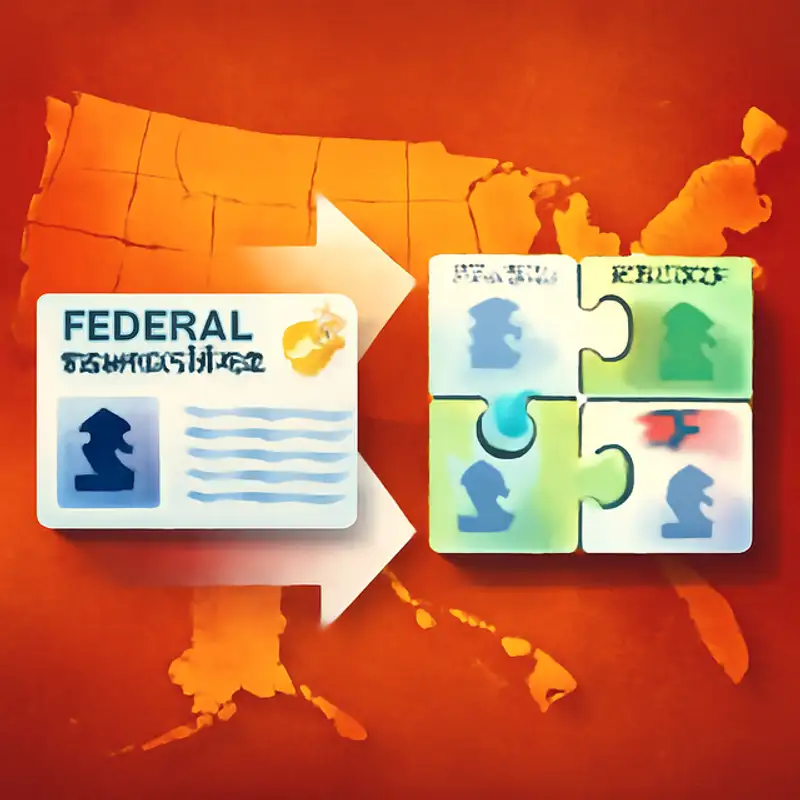 Episode
Episode
· 01:30
Hello and welcome to our one-minute design briefing. Today we’re talking about Real ID, the new format for driver’s licenses and state IDs in the U.S. When Congress passed the Real ID Act in 2005, it aimed to “standardize minimum security requirements” nationwide—but it collided with states’ rights and privacy concerns. About half the states opposed it, and 13 even passed laws to block compliance. Arizona’s governor called it an “unfunded federal mandate,” and the ACLU warned it would “bring government into the very center of every citizen’s life.”
It took two decades and multiple deadline extensions to enact the law. Today, applicants must provide two proofs of residency, proof of identity and legal residence, plus a Social Security document. On its FAQ page, DHS stresses that “Real ID is a national set of standards, not a national identification card.”
Each state still issues and designs its own card, but all must include a star icon to show compliance. California hides its star inside a grizzly bear silhouette, Michigan places it within the state outline, and Washington uses a tiny U.S. flag instead. Real ID shows that even federally mandated design can thrive with local creativity.
Link to Article
Listen to jawbreaker.io using one of many popular podcasting apps or directories.